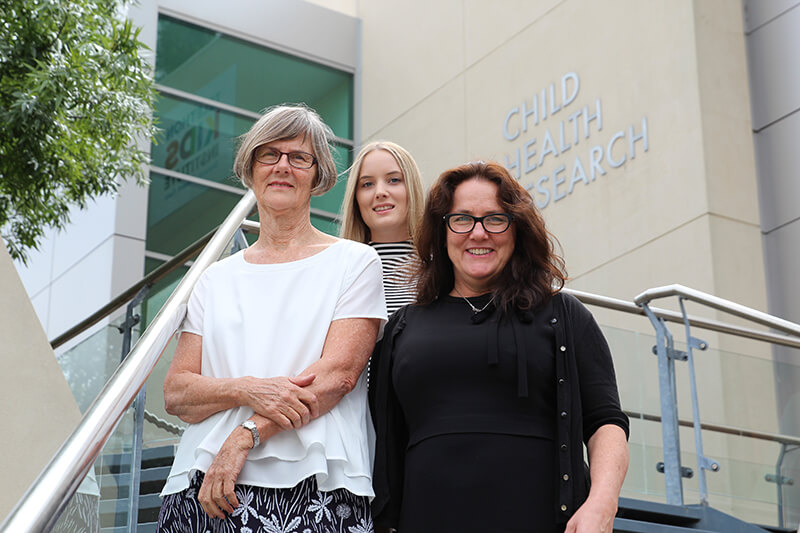Search
Research
The Childhood Leukemia International ConsortiumThe Childhood Leukemia International Consortium (CLIC) was established in 2007 to promote investigations of rarer exposures, gene-environment interactions...
Research
Genetic and epigenetic susceptibility to early life infectionTo date there have been relatively few studies on genetic determinants of susceptibility to neonatal infection and many of these have methodological...
Research
Role of public and private funding in the rising caesarean section rate: A cohort studyOur results indicate that an increase in the prelabour caesarean delivery rate for private patients in private hospitals has been driving the increase in the...
Research
Dietary fructose in relation to blood pressure and serum uric acid in adolescent boys and girlsEvidence that fructose intake may modify blood pressure is generally limited to adult populations.
Research
No dose-dependent increase in fracture risk after long-term exposure to high doses of retinol or beta-caroteneThis intervention study found no increase in fracture risk among 2,322 adults who took a controlled, high-dose retinol supplement (25,000 IU retinyl...

News & Events
Nine out of ten young people in detention found to have severe neuro-disabilityNine out of ten incarcerated youth examined by The Kids researchers as part of a ground-breaking study had some form of neuro-disability.
Research
Maternal life stress events in pregnancy link to children's school achievement at age 10 yearsMaternal antenatal exposure to life stress events has differing effects on the school performance of male and female offspring.
Research
Maternal pre-pregnancy body mass index and internalizing and externalizing problems in offspringExposure to elevated maternal pre-pregnancy BMI is associated with increased levels of internalizing and externalizing problems throughout childhood and...
Research
Clinic attendances during the first 12 months of life for Aboriginal children in five remote communities of northern AustraliaThe median number of presentations per child in the first year of life was 21 with multiple reasons for presentation.
Research
The role of nutrition in children's neurocognitive development, from pregnancy through childhoodThis review examines the current evidence for a possible connection between nutritional intake (including micronutrients and whole diet) and neurocognitive...
